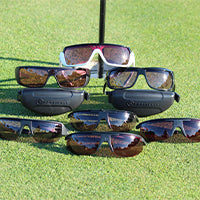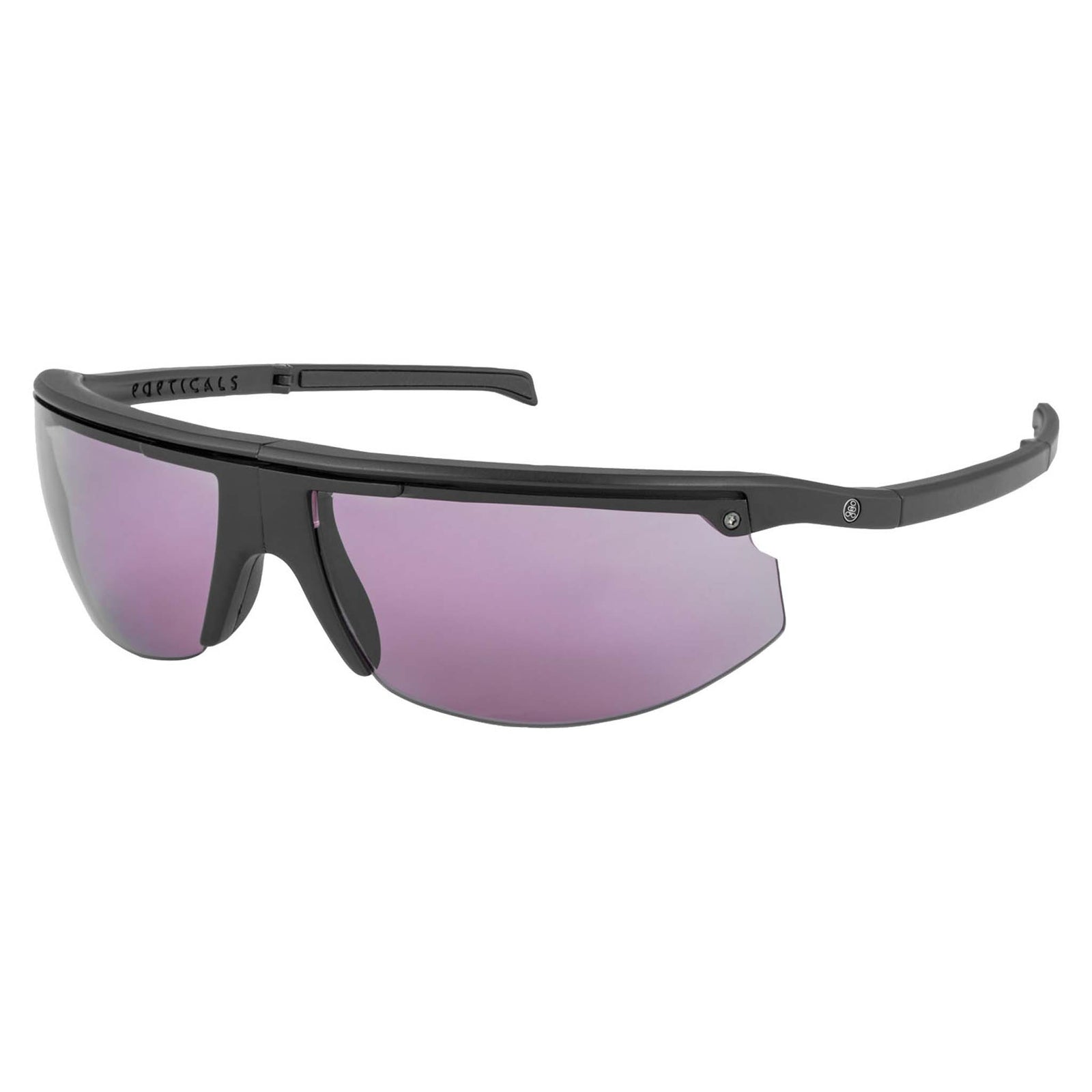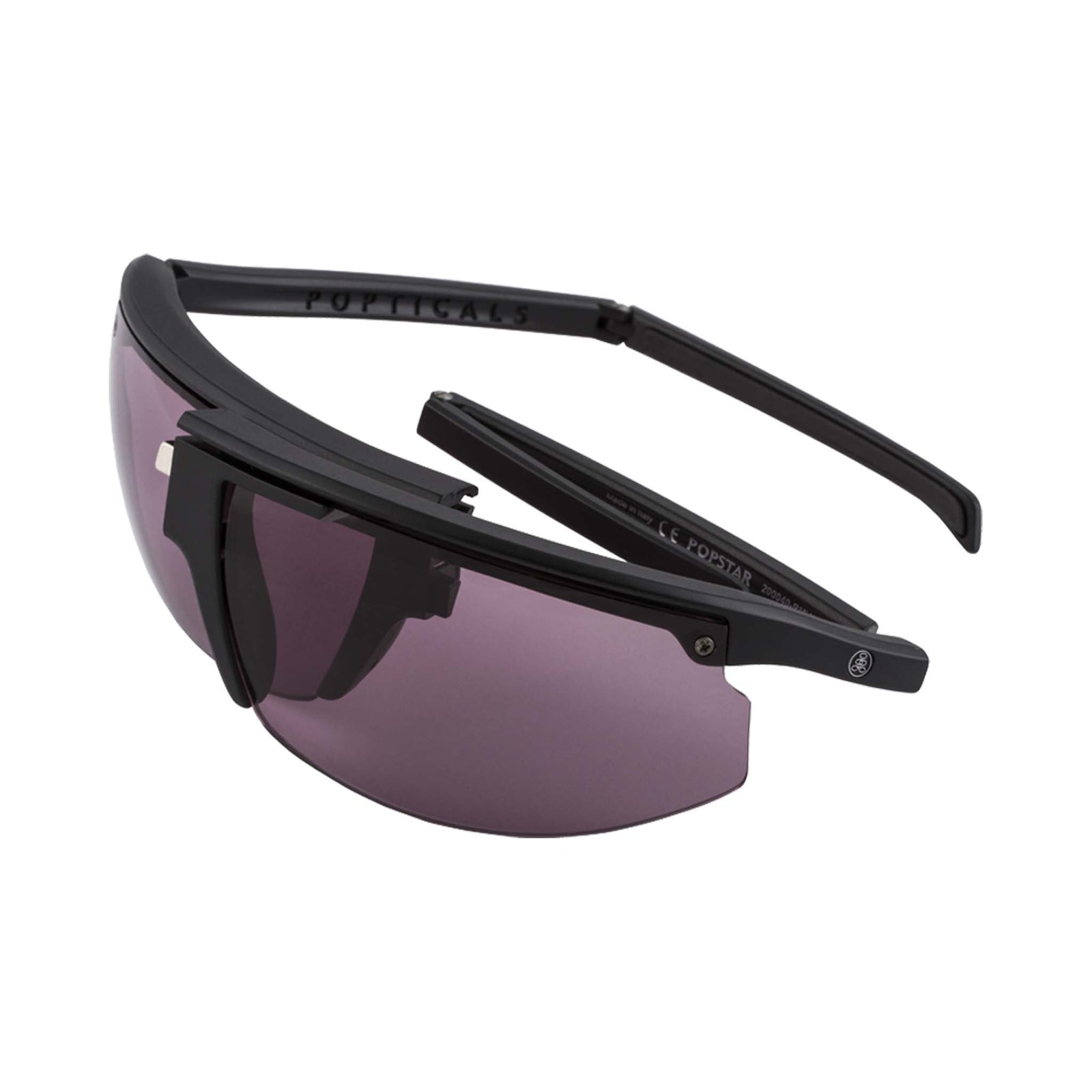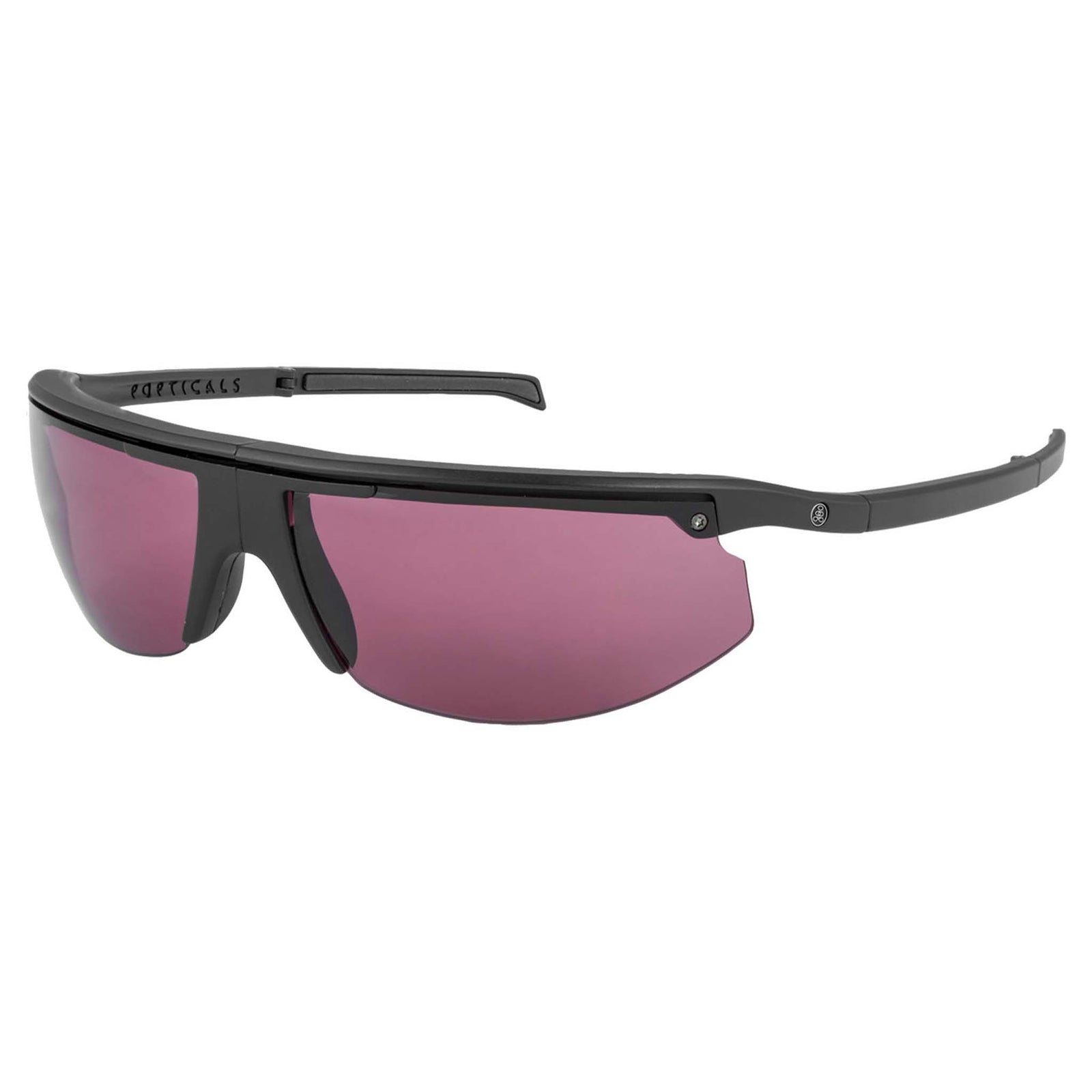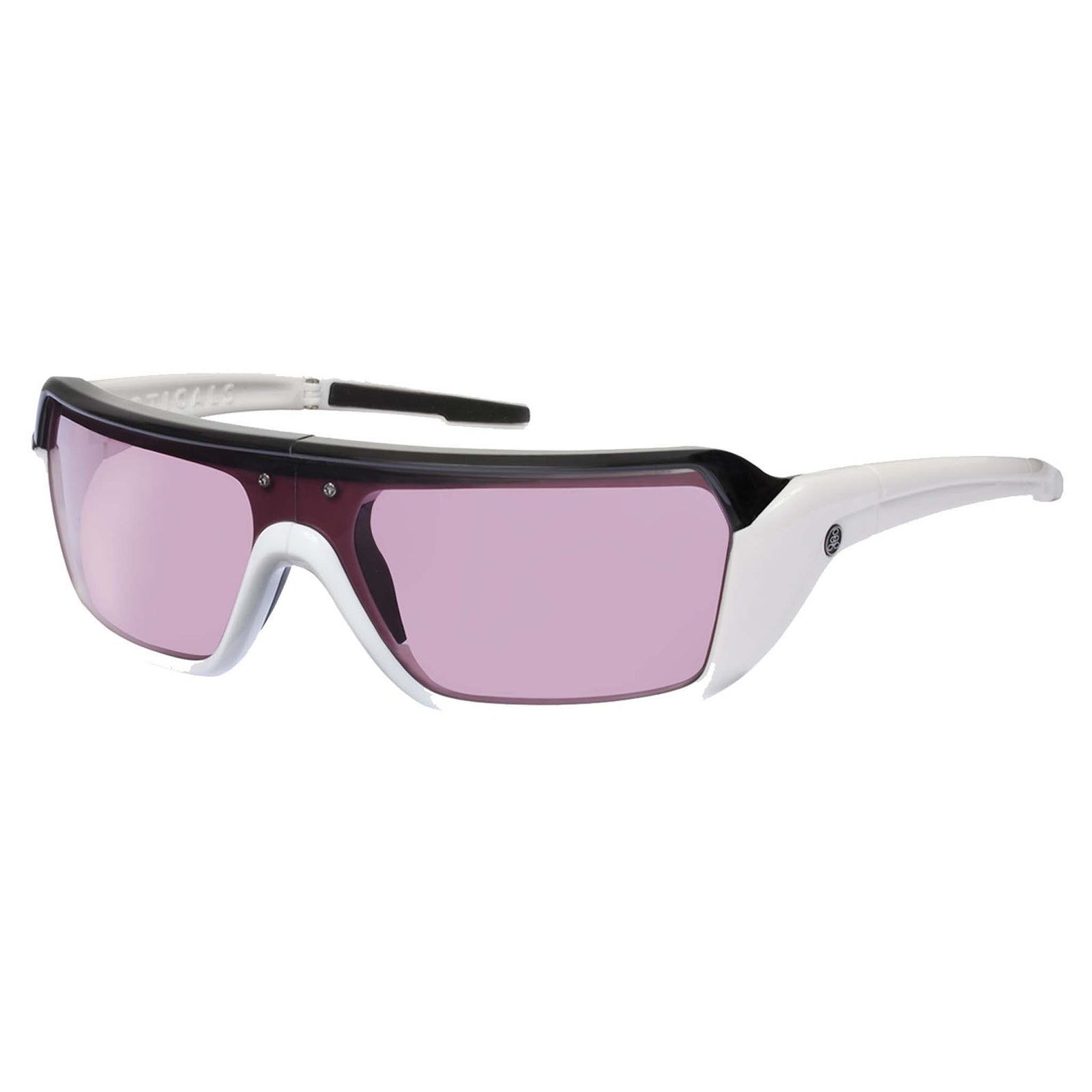SHOP SUNGLASSES
NYDEF® Golf
MORE
Golf Sunglasses - Choosing The Correct Lens Color
by Popticals 6 min read
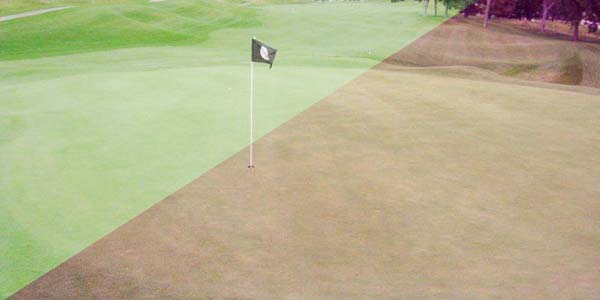
Inside this Article:
Overview
In the lush expanse of a golf course, where the vibrant green of the fairways stretches as far as the eye can see, subtle nuances crucial to the game can easily fade into the background. Navigating the course demands acute visual perception, and relying solely on unaided eyesight may leave players missing the finer details. The importance of sunglasses on the golf course extends beyond mere style, serving as a crucial tool to combat eye fatigue and enhance overall performance.
The consequences of neglecting eye protection during a round can be more significant than one might think. As the sun beats down, squinting in the glaring light not only strains the eyes but can lead to fatigue, affecting a player's stamina on the last few holes. Recognizing the impact of eye fatigue on the game, it becomes evident that sunglasses are not just an accessory but an essential gear for any serious golfer.
To shed light on this aspect of the game, we recently had the opportunity to engage with Dr. Craig Farnsworth, a distinguished optometrist and world-renowned putting coach. With a track record of assisting over 200 professional golfers and numerous major champions in refining their putting skills, Dr. Farnsworth shared insights into the often-overlooked relationship between the eye and golf performance.
While the benefits of wearing sunglasses on the golf course are indisputable, Dr. Farnsworth emphasized that the choice of lens color can significantly impact a player's experience. According to his expert opinion, opting for lenses with a purple or violet tint can optimize how much light is filtered out, allowing players to see nuances on the course that they have never seen before.
As we delve into the nuances of selecting the correct color lenses for golf sunglasses, let's explore how this seemingly small detail can make a big difference in elevating your golfing prowess.
Understanding the Impact of Sunlight on the Golf Course
Eye fatigue emerges as a silent adversary, quietly but persistently eroding a golfer's visual endurance. As the round progresses, the strain on the eyes can precipitate a decline in performance, particularly on the greens.
The consequences of the lack of visual endurance extend beyond mere misjudgments – they manifest in poor shot choices and a discernible drop in precision. Dr. Craig Farnsworth, drawing on his extensive experience as both an optometrist and putting coach, emphasizes that eye fatigue often transforms into physical fatigue, manifesting itself as a formidable opponent on the last few holes.
In addition, the verdant expanse of a golf course, dominated by the green spectrum, presents its own set of challenges. An over-saturation of green wavelengths can mask the subtleties that make or break a game. Hidden slopes, barely perceptible ridges, and delicate undulations on the green become elusive, jeopardizing a player's ability to read putts accurately. s firsthand gave some insight as to why PGA Tour players have not historically worn sunglasses:
While looking to get better at golf, the role of proper eyewear becomes pivotal on the golf course. Wearing sunglasses tailored to the unique demands of golf serves as a shield against visual fatigue. The right eyewear not only preserves a player's visual endurance but also acts as a catalyst for overall performance improvement.
Selecting sunglasses with the correct color lenses emerges as a crucial factor in optimizing visibility. Striking the delicate balance between protecting the eyes from fatigue-inducing brightness and ensuring clarity of vision is paramount. Dr. Farnsworth emphasizes the significance of purple and violet lenses, which adeptly filter out the pervasive green hue of the golf course. These lenses act as a visual enhancer, allowing golfers to discern the subtle details that define the playing field – a critical advantage in the pursuit of precision.
Best Lens Color For Golf - Purple or Violet
When it comes to choosing the most effective color lenses for golf, the usual emphasis on fashionable sunglass styles takes a backseat to functionality. Proper golf sunglasses transcend being mere accessories; their primary purpose is to function as performance-enhancing tools, aiding players in their quest for lower scores. In this pursuit, unconventional yet highly effective choices emerge in the form of purple and violet lenses, championed by the insights of Dr. Craig Farnsworth.
The distinguishing feature of purple and violet lenses lies in their ability to filter out the prevailing green hue of the golf course. Dr. Farnsworth underscores the significance of this unique characteristic, which proves instrumental in revealing subtle slopes and intricate details often concealed from golfers, especially on the putting greens.

In the above visual representation, the left side portrays the oversaturation of green that players would experience without glasses, while the right side illustrates the enhanced visibility provided by purple or violet lenses. The latter allows players to discern subtle dark shades of green indicative of slopes, facilitating a more accurate read of the terrain. By filtering out excess green light, these lenses enable players to see the course's true details instead of relying on guesswork.
Dr. Farnsworth further illuminates the nuanced decision-making process between violet and purple lenses. In simple terms, violet lenses excel in overcast or cloudy conditions, while purple lenses are better suited for bright, sunny days. A noteworthy revelation pertains to age-related factors, where younger players may find purple lenses more suitable, while older players derive greater benefit from the attributes of violet lenses.
As individuals age, the capacity to capture and transmit light to the retina diminishes. Purple lenses, adept at blocking an optimal amount of light to prevent squinting, prove advantageous for younger players. In contrast, violet lenses strike a delicate balance by allowing sufficient light in for older players while still assisting in visual endurance.
In the intricate decision-making process between violet and purple lenses, players are encouraged to consider not only immediate weather conditions but also their age and vision requirements. These lenses, far from being mere accessories, become important tools in the pursuit of enhanced visual endurance and performance.
Key Takeaways
Beyond Style, Embrace Functionality
Golf sunglasses transcend mere fashion accessories, emerging as essential tools to combat eye fatigue and elevate overall performance on the course. In the choice between violet and purple lenses, functionality takes precedence over fashion, as these lenses serve as indispensable tools for enhancing visibility and aiding players in achieving lower scores.
The Link Between Eye Health, Visual Fatigue, and Golf Performance
Insights from Dr. Craig Farnsworth reveal the often-overlooked link between eye health and golf performance. Dr. Farnsworth, a renowned optometrist and putting coach, emphasizes the impact of eye fatigue on precision, as it silently erodes visual endurance, leading to poor shot choices and reduced precision, particularly on the greens.
Excessive green color on the golf course can hide important details like slopes on the green. Dr. Farnsworth emphasizes the importance of wearing specialized eyewear for golf, acting to help players see what is there instead of guessing.
Choosing Correct Color Lenses
Selecting sunglasses with the right color lenses is crucial for optimizing visibility. Purple and violet lenses, according to Dr. Farnsworth, effectively filter out the green hue, allowing golfers to discern subtle course details.
Considerations for Lens Choice
Dr. Farnsworth provides insights into nuanced decisions, suggesting that violet lenses excel in overcast conditions, while purple lenses are suitable for bright, sunny days. Age-related considerations also play a role, with younger players benefiting from purple lenses and older players finding advantages in violet lenses.
Age-Related Vision Challenges
As players age, the ability to capture and transmit light to the retina diminishes. While purple lenses might be a good option for younger players who what to filter out as much light as possible, violet lenses strike a balance for older players by helping them get a little more light into their eyes without compromising visual endurance.
Popticals NYDEF® Golf Sunglasses, created and optimized for golfers, are endorsed by Dr. Craig Farnsworth, "The Putt Doctor", as a critical tool for enhancing golfers' performance and their enjoyment of the game.
Also in NYDEF® Golf
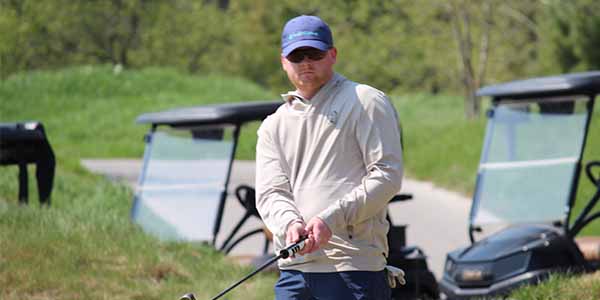
How Sunglasses Affect Your Read: The Science Behind Green Contrast
by Popticals 2 min read
Discover how NYDEF® Golf sunglasses enhance green contrast, improve putt reads, and reduce strokes. See the game differently with Popticals.
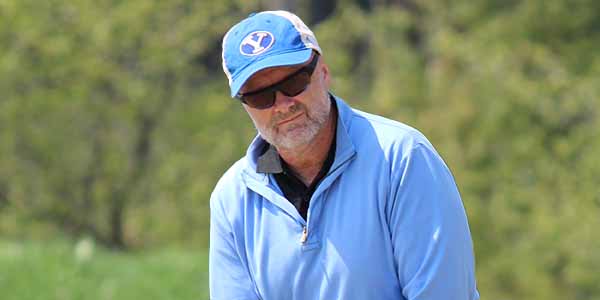
Why NYDEF® Golf is Ideal for Golfers with Cataracts or Post-Surgery Vision
by Popticals 1 min read
NYDEF® lenses offer crystal-clear optics for golfers with cataracts or implants—enhancing clarity, comfort, and course confidence.

Common Mistakes in Green Reading and Tips to Improve
by Popticals 5 min read


